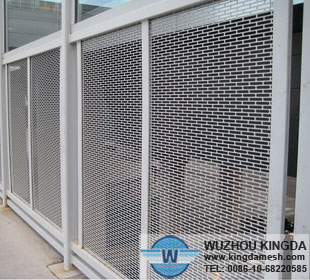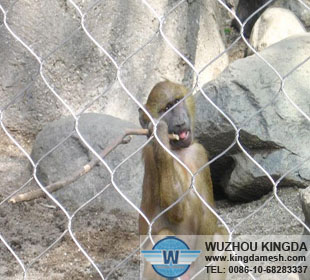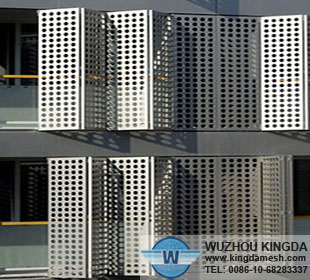What Is the Difference Between Field Fences & Welded Wire Fences?
What Is the Difference Between Field Fences & Welded Wire Fences?
A field fence, also known as woven wire, provides secure fencing for many types of livestock. Field fence is mesh of horizontal and vertical wires. A welded wire looks similar with horizontal and vertical wires. The difference is in the methods used to connect the vertical and horizontal wires. Farmers commonly use field fence in livestock pasture enclosures.
Field Fence Construction
The horizontal wires and vertical stays are connected by a wire knot at each junction. The form of the wire knot varies depending on the wire design and manufacturer. The knot binds the two wires tight enough that neither will slip along the other. Cut the wires at the junctions to form a solid end to the woven or field fence.
Welded Wire Construction
Small welds connect the horizontal and vertical wires of Welded Wire Fences. The welds provide a less secure connection between the wires than the knotted wire of the field fence. The welds sometimes break if a stress is applied, such as with a fence stretcher. The welds also sometimes break if large animals, such as horses or cattle, lean against the fence. Welded wire is more commonly used for small animal fencing such as a fence around a garden to limit rabbit access.
Fence Sizes
Manufacturers produce Welded Wire Fences and field wire fences in various heights and mesh sizes. Field fences meant for sheep, for example, may be 4 feet tall with openings of 6-by-6 inches. A welded wire garden fence may be 2 feet tall with openings in the mesh of 2-by-2 inches. Some field fences meant for horses have openings of 2-by-4 inches. This size of mesh opening keeps a horse's foot from becoming caught in the fence.
Installation Differences
Fence stretchers, tools that use a lever to pull a fence tight, can break the welds of Welded Wire Fences. This is not a problem with field fence. Wrap the Welded Wire Fences around a small board several times and attach the stretcher to the board rather than the fence wire. Drive fencing staples across the welds holding both the vertical and horizontal wires to the post.




